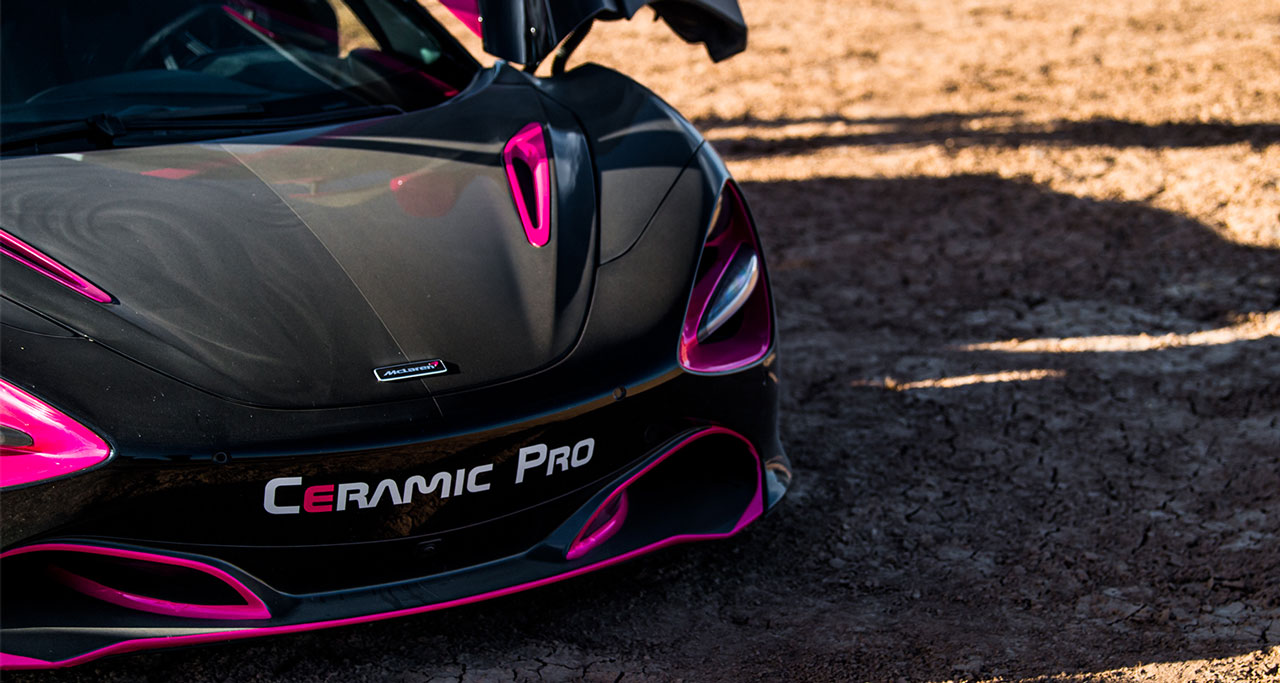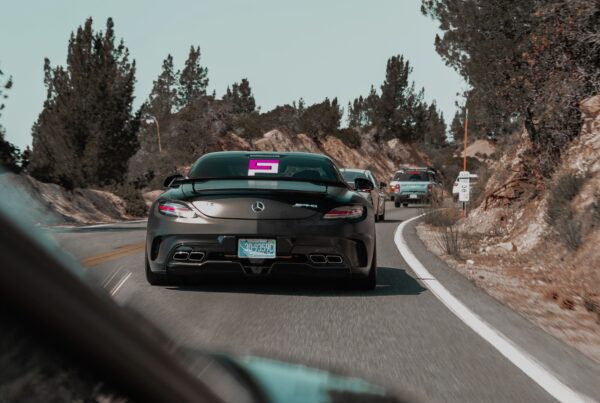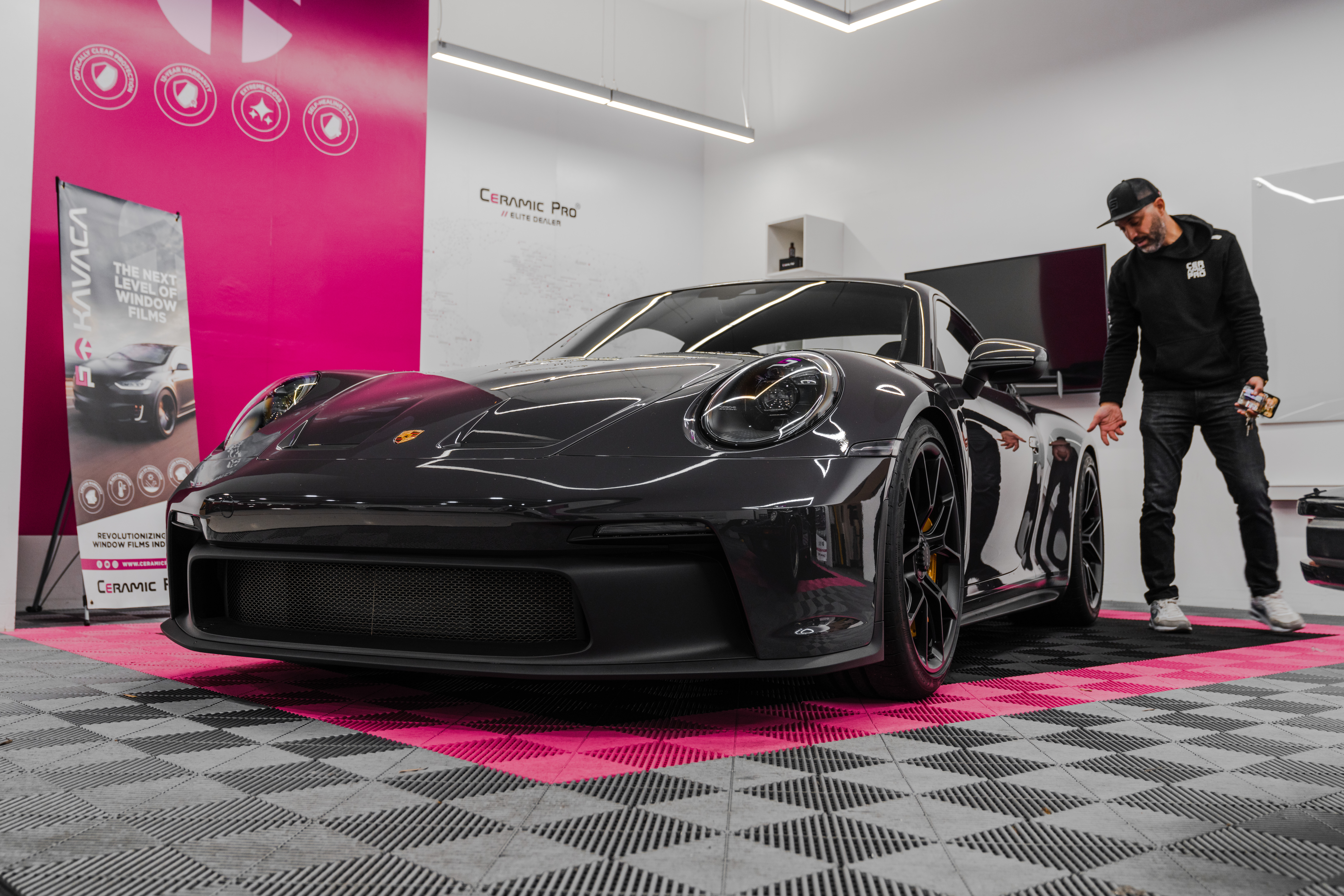Paint protection film is the upper tier of exterior automotive solutions. It’s the only product available that can protect a vehicle’s surface from rock chips, scratching, and maintain the factory finish.
However, its exceptionally strong – with adhesion that is far superior to vinyl. This raises the commonly asked question – does paint protection film damage paint overtime?
To be honest, this isn’t a question that is a yes/no, black/white, Pepsi/Coke answer. There are times when applying a clear bra can lead to paint damage, and situations where removing the film can be just as troubling.
Like many other protective paint products, the quality of the product, prep work completed, and the experience of the installer are multiple factors that can accelerate or reduce the potential of short or long-term damage.
So, let’s take a few moments to explore some of the factors that can impact the reliability and durability of a paint protection film.
What Makes a Good Paint Protection Film?
Before we take a stab at answering the first question, we need to explain what it is first. PPF is a Thermoplastic material that will protect your paint better than anything on the market today. It’s mainly offered in a 100% transparent finish – which allows the vehicle owner to maintain the original finish of the vehicle’s paint surface.
However, leading-edge technology has permitted proactive manufactures like Ceramic Pro to formulate PPF with a matte finish. There are also specialty blends that colored, similar with vinyl materials.
Generally, there are two especially important parts that go into a clear bra or Paint Protection Film.
 The Raw Materials
The Raw Materials
PPF is comprised of four primary layers or sections. The quality of each of these layers helps to build integrity and strength. The best paint protection or clear bra films do not skim on any portion of the films construction – which results in a product that is easier to apply, reduces fading or yellowing, and keeps the film in optimal condition.
- Polyester Release Liner: This is the first layer to a PPF, not the thickest material, but will secure to your paint job of your car.
- Acrylic Adhesive: When you think of attaching two parts together to become one, you should use an adhesive, same thing when it comes to cars, well paint in that manner. A good car clear paint protection film will have a balanced acrylic adhesive that will not damage the paint.
- Polyurethane: Polyurethane it is the thickest part of a PPF and will form a barrier on your painted surface to protect your paint from chipping. It’s the steak and potatoes of your PPF meal.
- Clearcoats: The clearcoat that is added is a very strong clearcoat that will protect the PPF and act like a shell from nature, like UV rays that can cause sun damage, keeps the PPF dry and will boost your paint protection film. Adding a ceramic coat on top of the clear will enhance protection against road debris and improve the luster and shine.
Which PPF is Right for You?
When it comes to what is the best PPF for you, it comes to what is important for your individual needs, desires, and of course – budget. There are good paint protection film manufacturers like Xpel and 3M – who have built huge networks of installers located across the globe. Some manufacturers are also in the vinyl wrap game, while others focus 100% of their job targeting a local ppf installer vs direct customer.
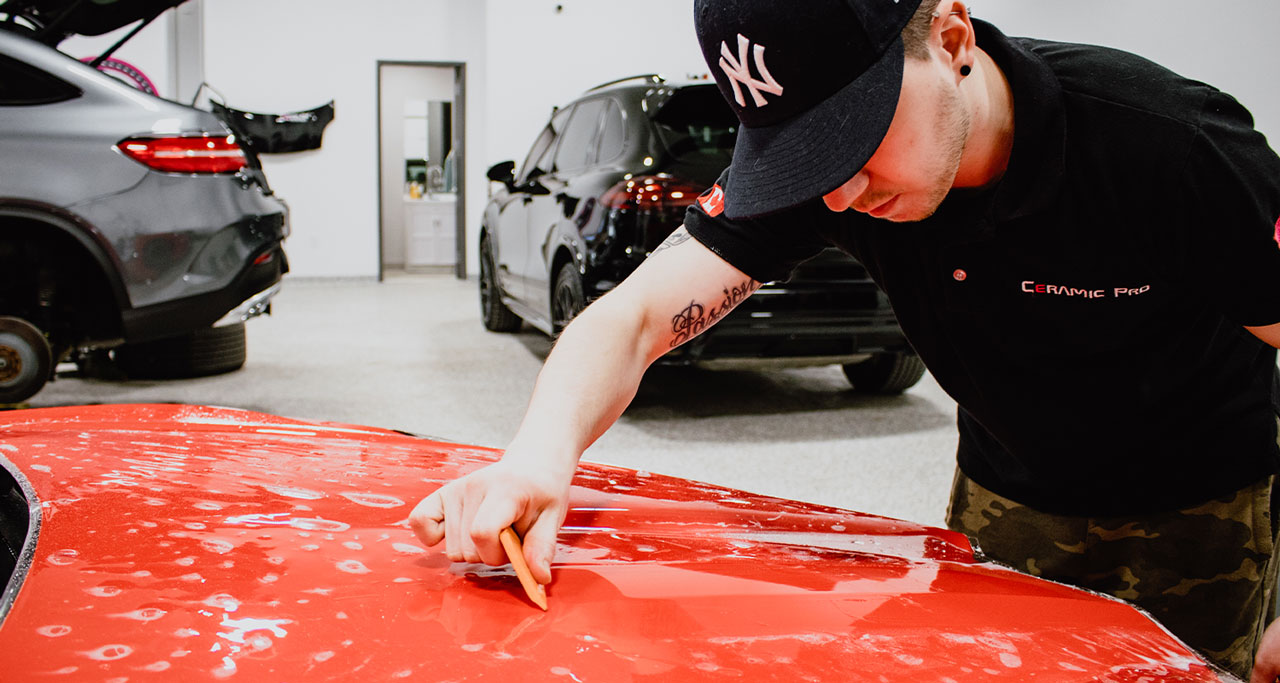
Ultimately, choosing between manufacturers is the last consideration. The first step is to pick which type of PPF is best for your individual situation.
Paint Protection Film for Gloss Paint Finish
If you are going for a “gloss” look then your Paint Protection Film needs to be 100% transparent and have a clearcoat that will make your paint pop. You can also add a layer of detail spray to make the surface even glossier. Prior to applying this type of PPF, the professional installer will often require some level of paint correction – or polishing.

Paint Protection Film for Matte Finish
While it looks spectacular, there are some negatives and risks to matte paint. It is extremely easy to scratch the paint and very hard to repair. The main reason for this is that matte paint is all about the clear coat finish.
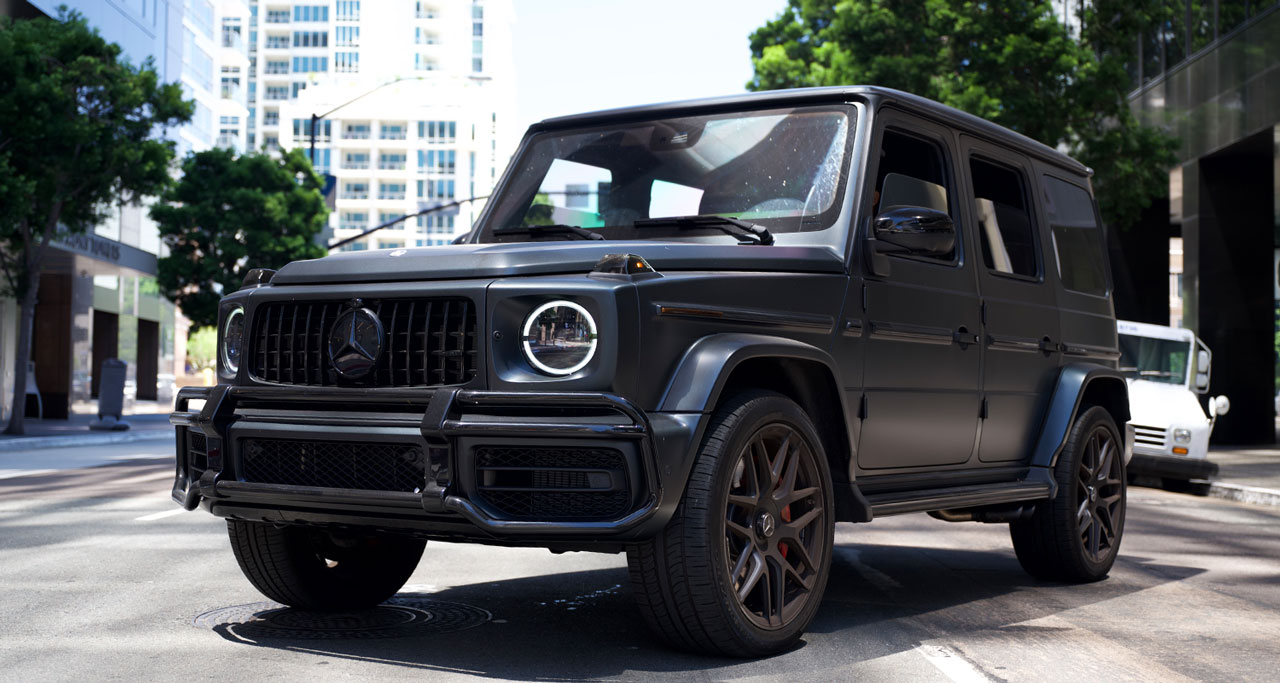
If you have a matte finish – installing paint protection film is strongly recommended. Some people opt to have the PPF applied to the front of their vehicles, specifically high-impact areas. They will apply a professional ceramic coating to the remainder of the vehicle for superior protection.
What Are the Advantages of a Car Protective Film?
A protective film by nature is a material that is applied to a solid surface – with the intent of adding strength and protection. A PPF is specifically intended to:
Protect your car from natural toxins and waste that comes to day-to-day life, like bird poop and other animal waste. It also protects paint from industrial fallout that can bond to your paint’s clear coat and other substrates.
Can prevent water spots from rain and hoses, and other materials. Also reduces the potential of swirl marks and keeps factory paint looking in original condition.
Will protect against road hazards that create minor scratches that damage your paint.
Help protect your car’s appearance from UV ray that can damage your paint and rust forming.
Can selfheal overtime and can last for up to 10 years.
Before you have a detailer install a PPF make sure that it covers those bullet points to make sure that you are getting superior protection. Also, cars with a PPF with an added ceramic coating can help improve the vehicle’s value when you decide to sell.
How to Reduce Paint Damage
To avoid the potential of PPF damaging your paint, always trust a professional detailer who has been fully trained by the factory to install their protective paint film. Ceramic Pro’s team of KAVACA PPF installers undergo on-hands training, prior to being approved to install this professional-grade solution.
They are supported by Ceramic Pro’s team of technical experts, sales reps, and the marketing team who continually arms them with continual education, resources for customers, and even maintenance products KAVACA owners can use themselves.
If you’re thinking about having a professional detailer install paint protection film, click the button below to request a free estimate.


 The Raw Materials
The Raw Materials 